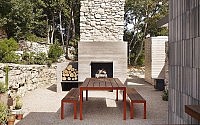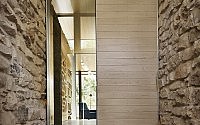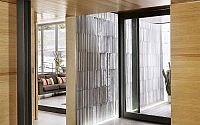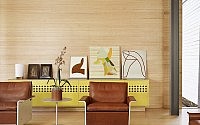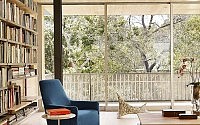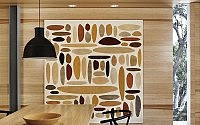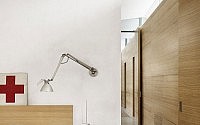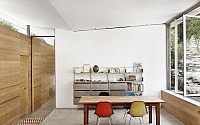Balcones House by Pollen Architecture & Design
Clean two-storey residence designed by Elizabeth Alford and Michael Young of Pollen Architecture & Design situated in Austin, Texas.



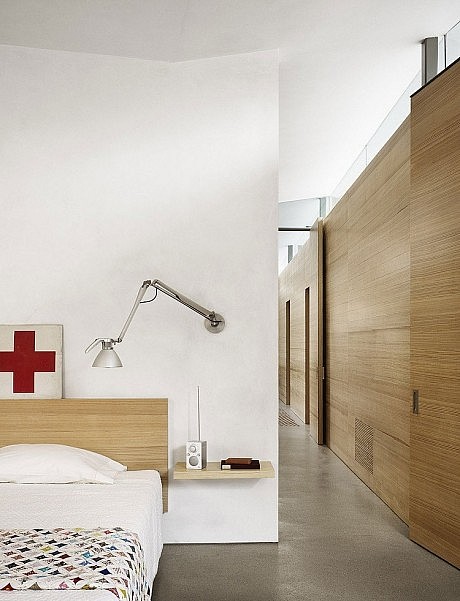




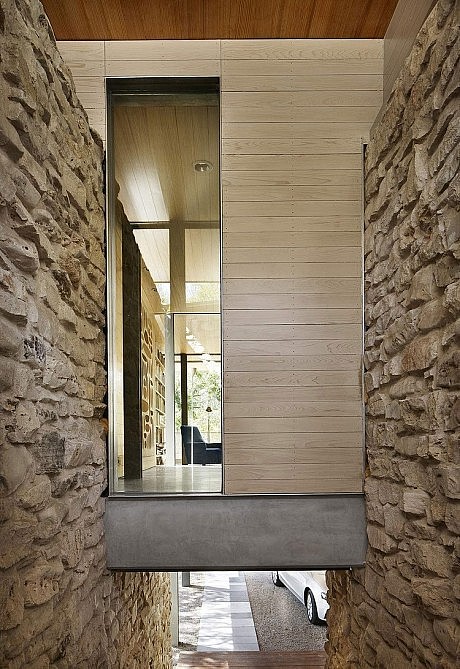
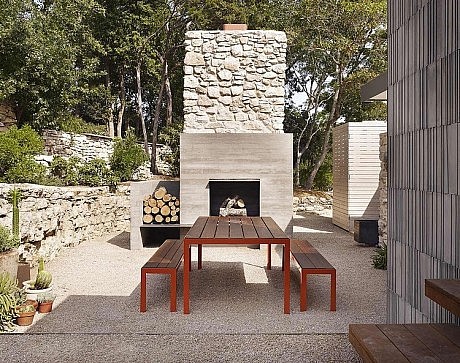
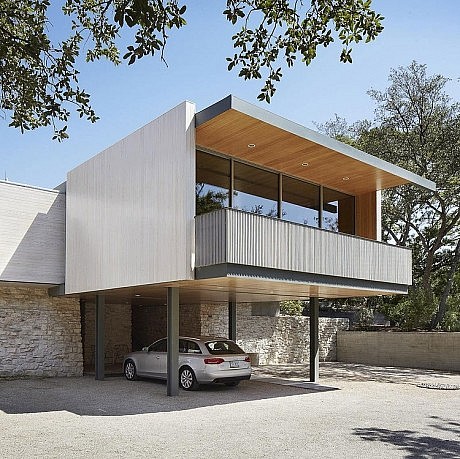
Description by Pollen Architecture & Design
This house is a recreation of a modest mid-century house plus an addition. The intent was to maintain the spirit of the original design while expanding, repairing and solving the functional problems of the original house. Most of the original structure was too badly damaged to retain, but the new house retains the essence of the original house reinterpreted, upgraded, and preserved for the future.
The house sits on the Balcones fault, which is actually a series of small fractures called an eschelon. It is entered from below through an open-air, covered stone stair tower that draws cool air into the house. One side of the house looks uphill, creating spaces between house and cliff; the other side projects off the hill, looking into trees in the ravine below. The volume of the original house is rebuilt with new materials and different openings. The ‘addition’ is separated from the original volume by clerestory windows, which give southern light and a view of the treetops. This roof kinks in two dimensions; in plan to respond to the existing cliff, and in section to make a butterfly roof which directs the eye uphill and collects rainwater.
The house is designed from an integrated perspective, employing passive solar principles and many green features. These include window placement to optimize daylight and solar heat gain in the winter while avoiding summer heat, a roof that reflects most of the sun’s heat, extra insulation, low-embodied energy local materials such as new-growth cypress and pine, photovoltaic panels, and rainwater catchment. Pollen developed several custom materials used in the project including an exposed aggregate concrete slab topping with a terrazzo-like effect and concrete tiles with a texture pattern that creates unique light and shadow patterns on the wall.
Visit Pollen Architecture & Design
- by Matt Watts
